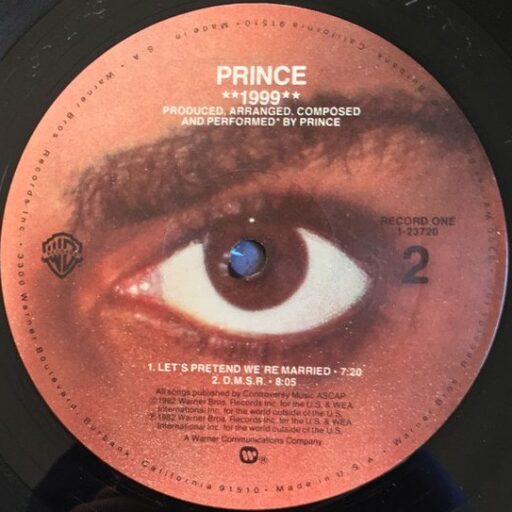Category: Ephemera, 1977-1978
-
Roundup: Ephemera, 1977-1978
I’m not gonna lie, folks: this “chapter” of the blog wasn’t always easy to get through. I’ve mentioned that For You is my least favorite album of Prince’s “classic period,” and his outtakes from that time are, well, outtakes. If nothing else, however, this was valuable training for when I trudge through the parts of his…
-
I am You: Capri Theatre, January 5-6, 1979
Prince spent the summer and fall of 1978 assembling a backing group, in hopes of touring behind his first album the following year. It didn’t go entirely to plan.
-
Nadira
Prince’s lyrics are typical of his early songwriting, quivering with nerves and lust in the face of a vaguely-defined object of desire.
-
Donna
With its double-tracked harmonies and simple acoustic guitar accompaniment, “Donna” points the way toward a few of the songs on Prince’s 1979 sophomore album.
-
Baby, Baby, Baby
Charming and catchy, but not exactly a buried classic; just another example of Prince getting some ideas on tape in the months leading up to the sessions for his second album.
